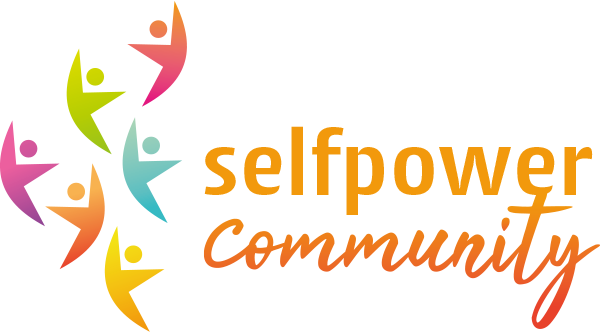88- 01/05/2025 Never has the healthcare system been under such pressure, and never has it needed fresh ideas, concrete actions, and pragmatic solutions more than it does today. It is precisely within patient associations and citizen collectives that original responses to the shortcomings and dysfunctions of care are being developed every day.
✨ Together, patients share their observations, learn, innovate, research, and experiment, all contributing to the improved quality of life for thousands of people. Their strength? A unique ability to listen and share experiences, skills to identify real needs, and a community know-how that mobilizes collective intelligence, fosters mutual support, co-creates tailor-made alternatives, develops advocacy, and puts forward proposals that benefit everyone.
As laboratories of social innovation, these collectives are essential sentinels for a healthcare system in the midst of transformation. Analyzing their engagement sheds light on the changes needed for a more humane, efficient, and equitable system.
Patient collectives form supportive communities working to maintain and strengthen autonomy and empowerment. Through ongoing exchanges, these groups identify threats and obstacles, understand their root causes, gain perspective on their vulnerability, build a knowledge base, prioritize their needs, and experiment with solutions. By leveraging collective intelligence and both internal and external cooperation, they succeed in:
- establishing strong social bonds and a spirit of peer support (emotional and informational support, interactions with the environment);
- sharing knowledge and learning how to navigate the healthcare system;
- drawing lessons from the stories shared by members;
- asserting themselves and organizing as carriers of a specific viewpoint, with critical and constructive thinking that can lead to improvements in practices and care organization;
- familiarizing patients with scientific reasoning;
- strengthening health literacy, skills, and member engagement so they can make informed decisions about prevention, personalized treatment choices suited to their expectations and preferences, and ongoing care;
- building bridges with existing structures and institutions;
- designing alternative and pragmatic solutions-services rooted in everyday realities that can be scaled up if their positive impact is proven;
- developing research priorities based on patient needs;
- raising awareness of their cause, designing advocacy strategies, and promoting patient rights;
- formulating transformation proposals that can inspire public policy and initiate systemic change.
The healthcare system stands to gain significantly by strengthening its collaborations with patient associations. Such partnerships promote the adoption of genuinely patient-centered approaches, thereby improving the therapeutic alliance, the quality of life for patients, and the work environment for caregivers. Likewise, co-designed innovations are closely aligned with the real needs and expectations of patients. These synergies result in greater efficiency within the healthcare system and increased satisfaction among all individuals and professionals involved.
Marie-Georges Fayn
On the same topic





En postant un commentaire sur www.selfpower-community, vous acceptez les règles de l’espace réaction et reconnaissez à www.selfpower-community la capacité de ne pas publier certaines contributions sans avoir à motiver cette décision.
prendre connaissance des règles